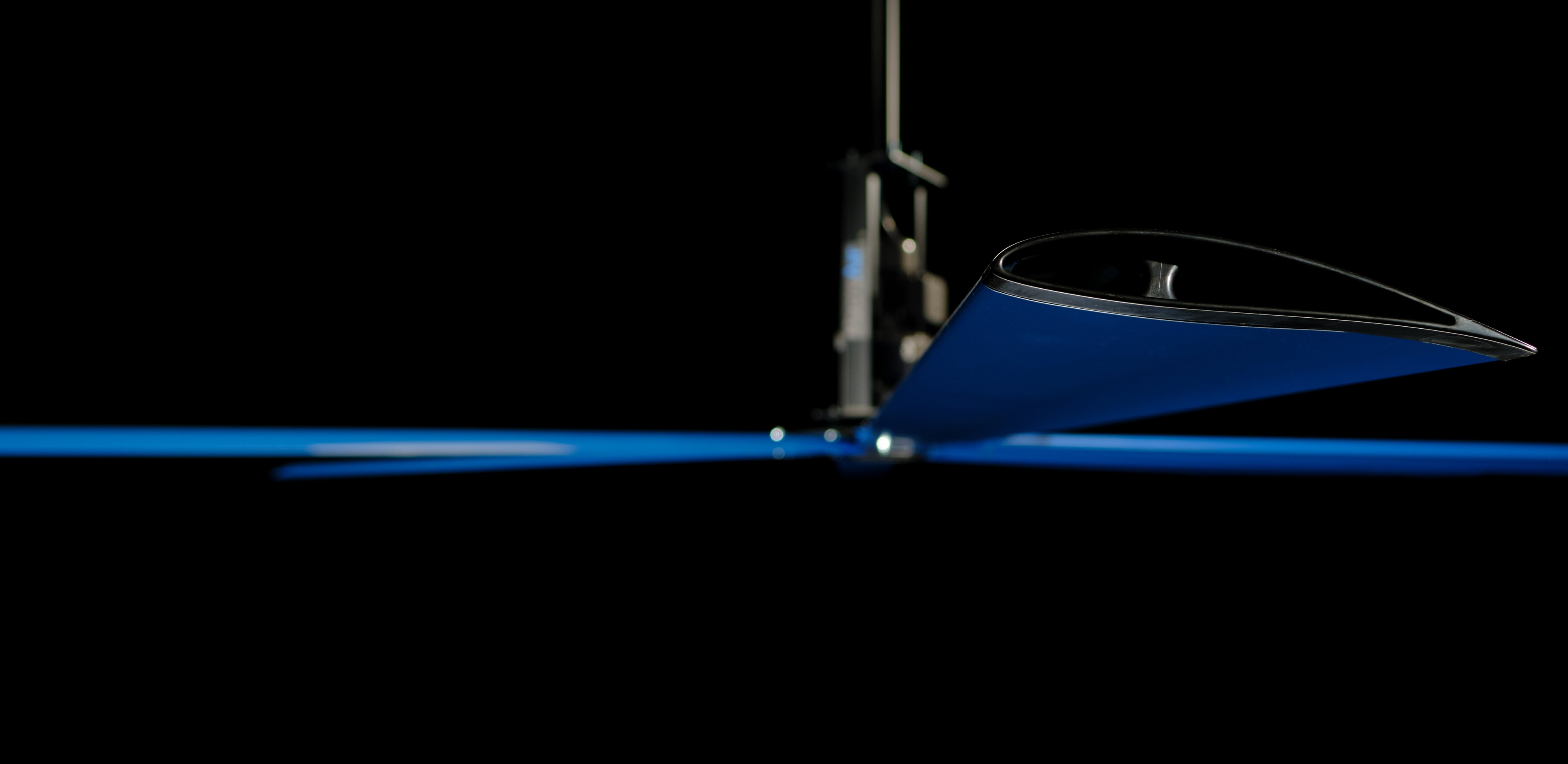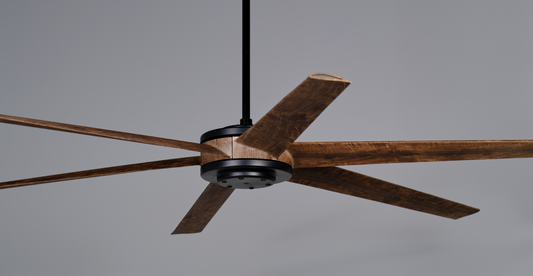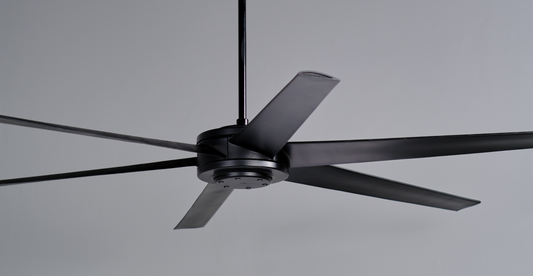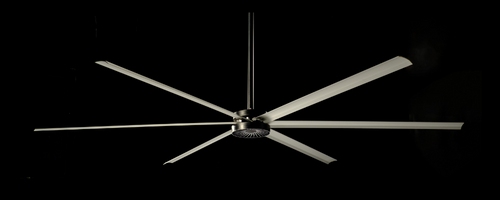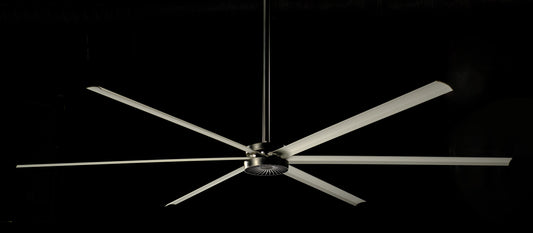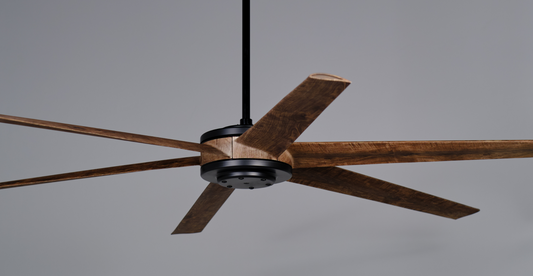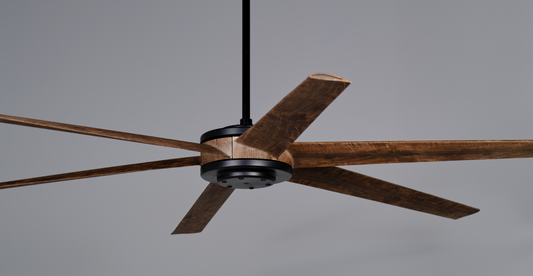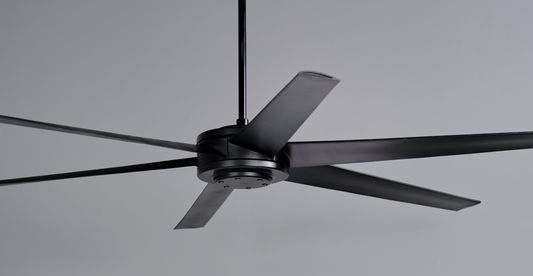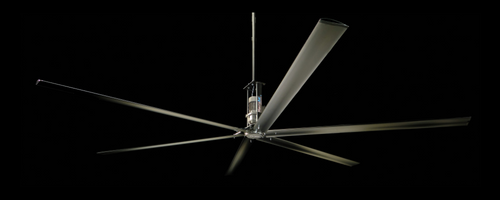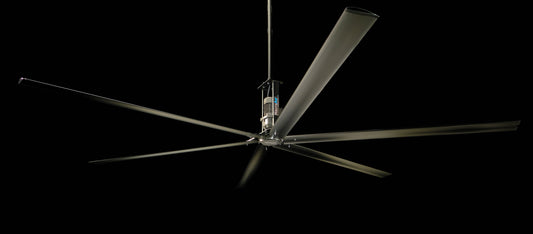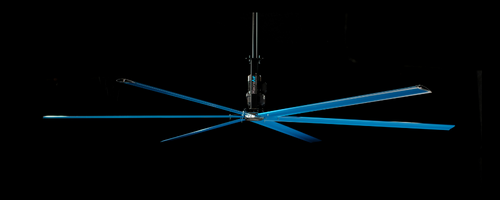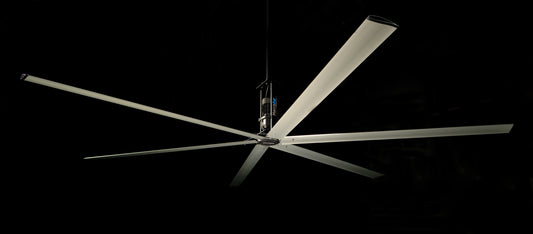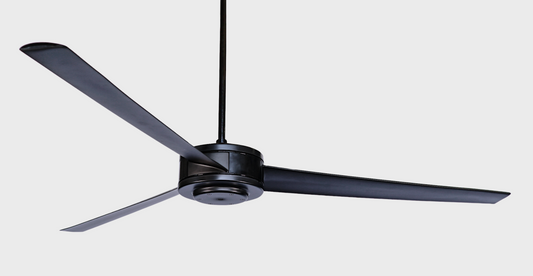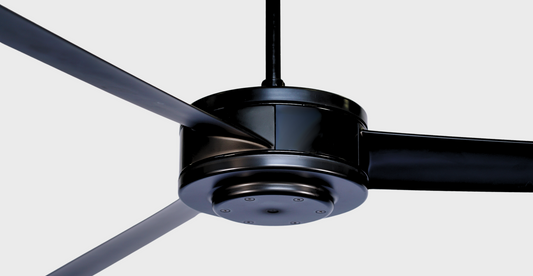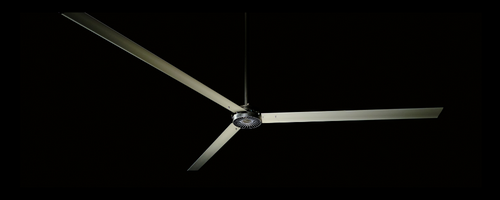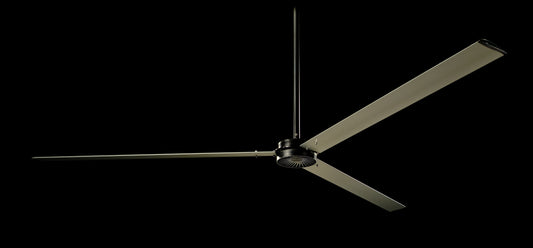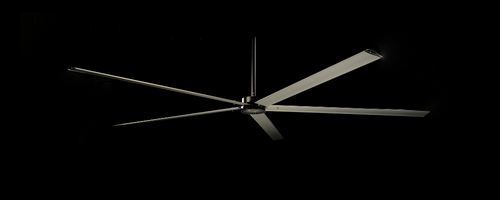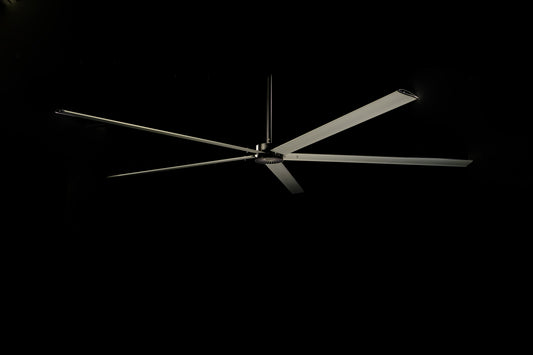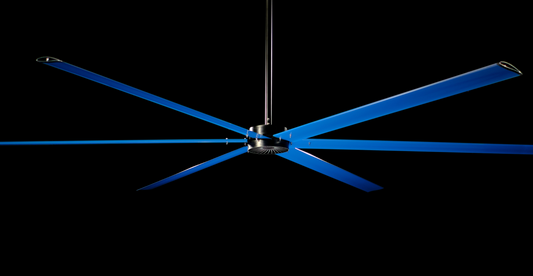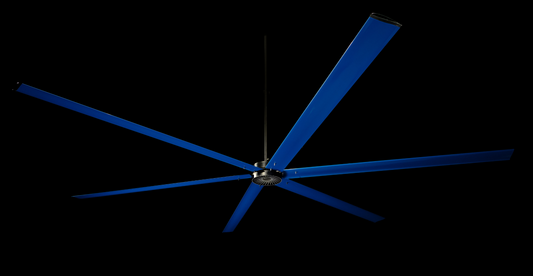-
84 Inch Lincoln Street
Online Price Starting At $1,109.00 USDOnline PriceUnit price per -
72 Inch Lincoln Street
Online Price Starting At $1,042.00 USDOnline PriceUnit price per -
62 Inch Lincoln Street
Online Price Starting At $990.00 USDOnline PriceUnit price per -
Lincoln Street Downrods
Online Price Starting At $33.00 USDOnline PriceUnit price per -
AirVolution
Online Price Starting At $6,450.00 USDOnline PriceUnit price per -
62 Inch Lincoln Street 3
Online Price Starting At $890.00 USDOnline PriceUnit price per -
84 Inch Lincoln Street 3
Online Price Starting At $990.00 USDOnline PriceUnit price per -
72 Inch Lincoln Street 3
Online Price Starting At $950.00 USDOnline PriceUnit price per
How to Choose an Outdoor Ceiling Fan
To choose the best outdoor ceiling fan for your outdoor space (whether a patio, porch, terrace, gazebo, or lanai), you'll need to determine the proper size and outdoor rating for your space, decide how you plan to install it, and consider any aesthetic choices.
How to Choose an Outdoor Ceiling Fan
To choose the best outdoor ceiling fan for your outdoor space (whether a patio, porch, terrace, gazebo, or lanai), you'll need to determine the proper size and outdoor rating for your space, decide how you plan to install it, and consider any aesthetic choices.
What size outdoor ceiling fan do I need?
The size of your outdoor ceiling fan depends on the size of your patio (or outdoor space), what kind of ceiling you have, and how many walls (if any) are around your patio.
We recommend contacting an expert. They can also answer questions about how to maximize the airflow for your space and what kind of weather rating your fan might need.
That said, here’s an easy way to figure out the right fan size for your patio:
- Measure the length and width of your patio, e.g., 10 feet by 12 feet.
- Take the smaller number and divide by 3, e.g., 10/3 = 3.33 feet.
- Round down to the nearest foot, e.g., 3 feet.
- Multiply by 12, e.g., 3x12 = 36.
The largest fan size for this space measures 36 inches across (also known as 3 feet across).
What if my patio is 10 feet by 20 feet? A 36-inch fan doesn’t seem enough. Depending on the size and shape of your room, you might need to install multiple smaller fans to achieve optimal airflow.
If you can contact an expert, get advice on how to maximize airflow for your specific patio. Air currents change depending on how many walls surround the patio, how many fans are installed, the slope of the ceiling, and where each fan is installed, meaning the fan setup that works for your neighbor’s patio might not work best for yours.
Do I need a wet-rated ceiling fan?
Outdoor ceiling fans can be either outdoor-, damp-, or wet-rated. If your fan is exposed to rain or snow—such as on uncovered porches, gazebos, decks, or docks—go wet-rated. For covered areas with humidity, you can stick with damp-rated.
All of MacroAir’s outdoor ceiling fans have a rating of IP65 or higher, which makes them able to handle low-pressure water from any angle.
Outdoor‑rated ceiling fans
Outdoor‑rated fans are built tough for exterior use. They feature airtight motor housings, anodized aluminum blades that resist rust and corrosion, and finishes designed to withstand humidity and moisture—though not necessarily direct water exposure. They can come with UV- and moisture-resistant features to ensure longevity in outdoor conditions.
Damp‑rated ceiling fans
Damp-rated fans can handle humidity and occasional moisture, but must stay sheltered. Make sure that when you’re cleaning a damp-rated ceiling fan, you don’t use the hose; they can’t handle direct water spray. These models instead should be routinely dusted and wiped down with a lightly damp cloth.
Wet‑rated ceiling fans
Wet-rated fans are made for the elements. They feature waterproof motor housings and all-weather finishes, and can be exposed directly to rain, snow, hose-downs, ocean spray, etc. Use these in uncovered patios, gazebos, docks—any place exposed to water. Many models meet UL Wet or IP65 standards, meaning they're built to handle low-pressure water from any angle.
Do I want an outdoor ceiling fan with lights?
Lighting can add ambiance and functionality to your patio ceiling fan. Whether you choose a fan with a light already built-in, or if you choose to add a custom light kit to your perfect fan, make sure that the lighting fixture also has the appropriate outdoor rating for your climate to prevent corrosion or electrical issues.
How to Mount an Outdoor Ceiling Fan
Professional installation pays off, especially since installing an outdoor ceiling fan requires a bit of electrical work.
Generally speaking, here are the key steps:
- Ceiling strength: Ensure structural support for heavy industrial-grade fans.
- Mount type: Rigid mounts resist sway; downrods suit vaulted or high ceilings.
- Clearance: Maintain at least 9 ft from the floor and 1.5× the blade diameter to walls for optimal airflow.
- Controller placement: Use wall-mounted VFD (variable frequency drive), remote, or smart controls for speed and direction.
If you’ve purchased a MacroAirFan, you can find an online version of the installation manual here. Feel free to reach out if there are any questions!
How to Clean an Outdoor Ceiling Fan
Before reaching for the hose, make sure you know whether your fan can handle direct water. If it’s not wet-rated, stick to using dry or lightly damp cleaning cloths. Then:
- Dust off the debris using a microfiber cloth or a soft brush.
- For wet-rated fans, use the hose on a gentle setting to rinse off the fans.
- For damp-rated/traditional fans, simply use a damp cloth to wipe them down, avoiding direct water.
Also make sure to do regular maintenance on your fan’s electrical housing. Inspect the seals and tighten the hardware, especially prior to extreme weather.
How to Protect An Outdoor Ceiling Fan From The Wind?
Protecting your fan from extreme wind can help extend its lifespan. High winds can damage the fan motor and blades, but there are a few precautions you can take:
- Proper placement: install your patio fan away from areas prone to strong gusts of wind, so its motor won’t have to work against strong external air pressure.
- Secure installation: make sure your fan is properly mounted into the ceiling, using appropriate brackets, screws, and anchors to give it the right support.
- Use wind stabilizers: wind braces, guard clips, downrod stabilizers, and guy wires are all tools you can install to give your outdoor fan extra support in strong winds.
FAQ
Will an outdoor ceiling fan keep mosquitoes away?
To some extent, yes, an outdoor ceiling fan can help you relax on your patio, mosquito-free. Mosquitoes have a hard time competing with the airflow from a ceiling fan, so they’re less likely to be able to fly into a well-fanned area.
What outdoor ceiling fan puts out the most air?
HVLS (High Volume, Low Speed) fans, like MacroAir’s 6-24 ft industrial models, far outperform typical residential units.
Models such as the AirLegacy (8-24 ft) cover up to 20,000 sq ft and are ideal for substantial airflow.
What outdoor ceiling fan is best for windy areas?
For windy conditions, choose a rigidly mounted, wet-rated, HVLS fan with guy-wire support (e.g., AirLegacy) and airtight, sealed components. The durable anodized aluminum blades and industrial mounts resist wind-induced vibrations. Securing brackets and guy wires is essential to maintain stability during gusts.

